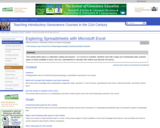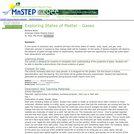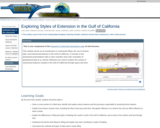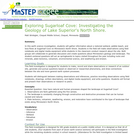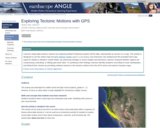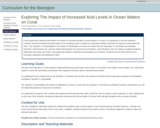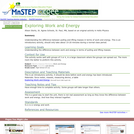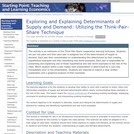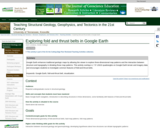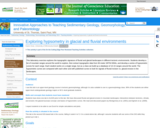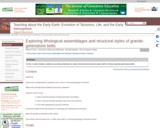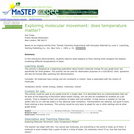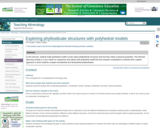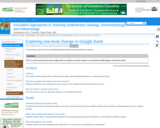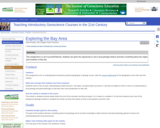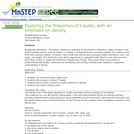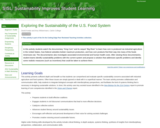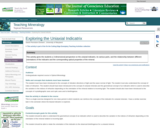1. Day 1: End of class Mini lecture (15 minutes) on:
a. what greenstone belts are (where in the world, rock assemblages, structures)
b. vertical vs. horizontal tectonic models (old arguments and current details).
c. Superior Province (one example) introduction
2. Homework and Jigsaw Activity: Looking at "typical" structures within greenstone belts.
This assignment asks students to compare papers with folding models vs. thrusting models. One set of papers that provides a good contrast focuses on the Beardmore-Geraldton greenstone belt in the Superior Province, Canada. Students will also use a paper with Lithoprobe seismic data across the Superior Province.
a. Folding model: Kehlenbeck, M. M. 1986. Folds and folding in the Beardmore-Geraldton fold belt. Canadian Journal of Earth Sciences (CJES) 23, 158-171.
b. Thrusting model: Devaney, J. R. & Williams, H. R. 1989. Evolution of an Archean subprovince boundary: a sedimentological and structural study of part of the Wabigoon-Quetico boundary in northern Ontario. CJES 26 1013-1026.
c. Percival, J. A. et al. 2006. Tectonic evolution of the western Superior Province from NATMAP and Lithoprobe studies. CJES 43(7): 1085-1117.
Divide the class into 3 "expert" groups and assign one paper to each group. Students need to create an outline of the major structures (faults, folds, both) described and the evidence provided for the structural interpretation. Students should bring two copies of their outline to class.
3. Day 2
Turn in one copy of outline (to be assessed for grade) and meet with the group to create a composite, master outline (30 minutes). Students break up into small groups (one from each "expert" group), discover very different structural style interpretations, and try to determine WHY there are the discrepancies (lack of data, preconceived notions influencing interpretations, etc). The goal of the new group is to prepare each student to write a short paper. Each student is assigned to write a 1-page paper exploring reasons why there are discrepancies between the models. Students are also encouraged to speculate on what other evidence or future research might help resolve the apparent conflict. Students begin paper in class and finish outside of class.
4. Day 3
Students hand in paper (to be graded). Mini lecture/ discussion on key related questions.
a. Does either model (folding or faulting) support or negate either vertical or horizontal tectonic models?
b. Are there any modern analogues to greenstone belts? If so, what are the differences or limitations to the comparisons (lithological and structural)?
(Note: this resource was added to OER Commons as part of a batch upload of over 2,200 records. If you notice an issue with the quality of the metadata, please let us know by using the 'report' button and we will flag it for consideration.)


